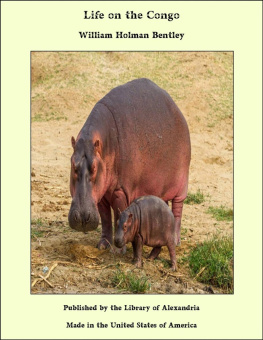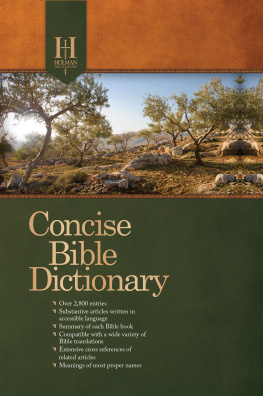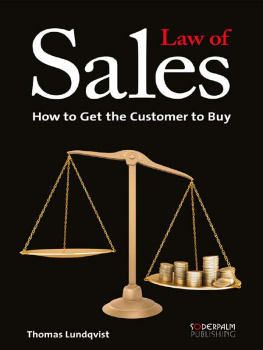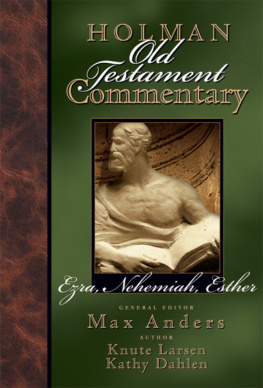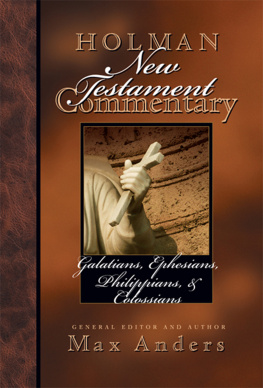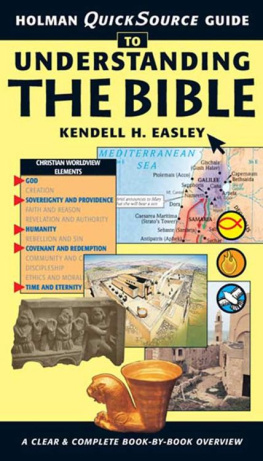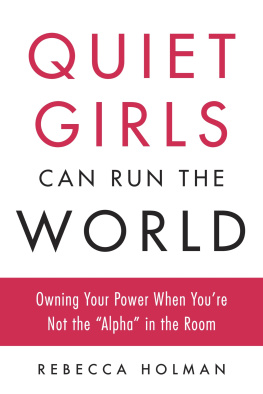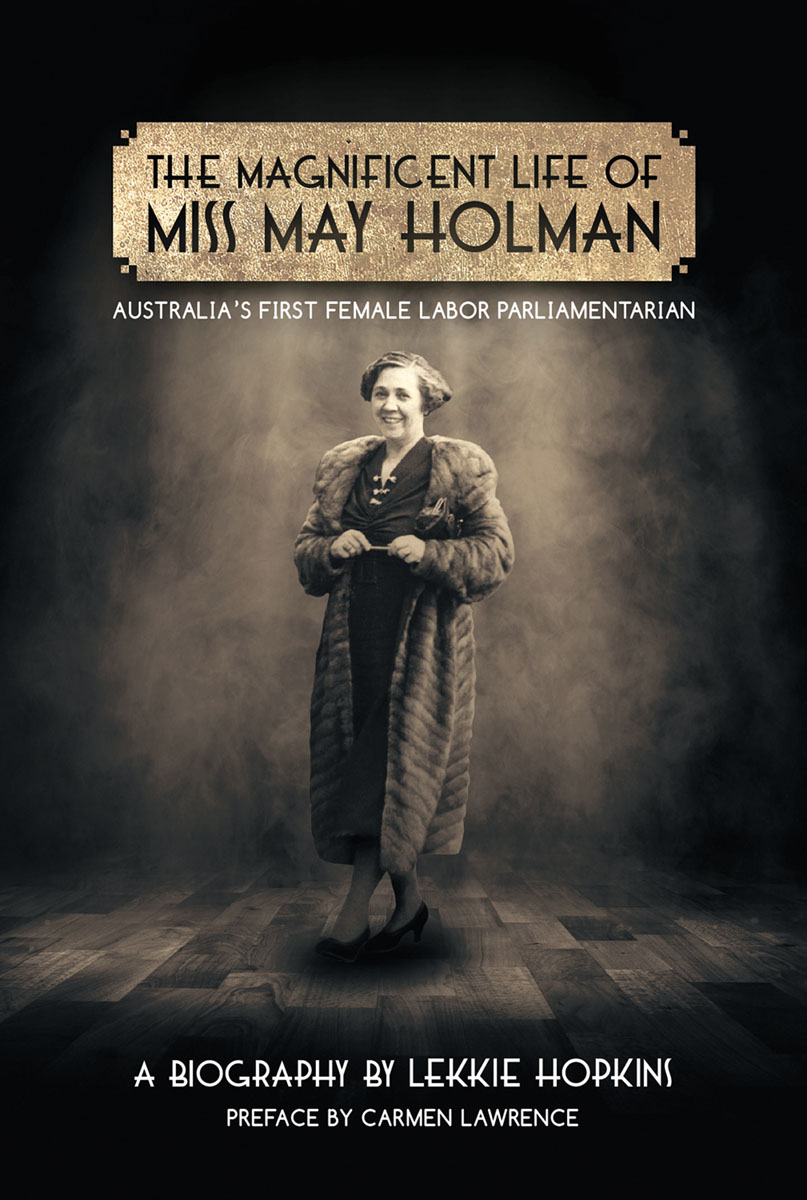
ABOUT THE AUTHOR
Dr Lekkie Hopkins is a feminist academic who researches the history of social protest and the lives of activist women. In 2010 she co-authored Among the Chosen. The life story of Pat Giles with Lynn Roarty. She coordinated the womens studies program at Edith Cowan University for twenty-five years and has received both local and national teaching awards. In the past decade she has collaborated with a group of peers and postgraduate students to pioneer innovative arts-based research methodologies for use in social science research. In 2011 she was among one hundred women to be inducted into the inaugural United Nations Western Australian Womens Hall of Fame, to celebrate the centenary of International Womens Day.

This book is dedicated to my childrens children Harriet, Lily and Fergus and to the children of their generation, in the hope that stories such as these will inspire them to live lives of integrity, dignity and purpose.
CONTENTS
FOREWORD
In her concluding paragraph of this engaging biography, Lekkie Hopkins asks us to contemplate what we can learn from May Holmans trailblazing life as she charted new territory for women, demonstrating that a woman can be an excellent parliamentarian, a fine friend, a compassionate soul. She asks us to remember that Holman achieved this while navigating the shoals of the almost impenetrable masculine privilege which was part of her world and was (and remains) invisible to those who continue to enjoy it.
Holman appeared to understand that men cant or wont see that their definitions of merit and their expectations about performance are nothing more than rules they have made up to protect their own positions, albeit often unconsciously. Rather than confronting this privilege head on (although she used wit to good effect to draw attention to it), Holman showed by her actions that what is required of a member of parliament has nothing to do with a persons gender. As John Stuart Mill said, what we require are enlightened individuals who will be mature and responsible because they reflect upon the issues that face them, a formula which could certainly improve the quality of our parliamentary representation today.
While Holman explicitly repudiated the description of herself as a feminist she, nevertheless, epitomised the core of the feminist cause in the way she lived and worked. Lekkie Hopkins documents Holmans political development from her strong family roots in the Labor movement, through her experiences as a popular musical performer, to her feisty representation of her South-West constituency (leading to her being re-elected five times) and her understanding of the importance of speaking to people in terms they could easily embrace. The scope of her passionate, but practical, activism was enlarged and her commitment to improving the position of women deepened after her visit to Europe to observe the workings of the League of Nations. She continued to learn and adjust her thinking throughout her brief life.
Today Holmans example might give us pause to reflect on the fact that the journey to equality is far from over women are still subjected to violence in their homes; too many exist on low incomes with poor employment prospects and, while more women occupy positions of power than in Holmans day, they are seen as fair game for misogyny and ridicule.
Behind the aggregate economic and social indicators is evidence that there is real disadvantage and distress in many Australian communities, despite the decades of sustained economic growth. While more women are in paid work, the majority still work in a range of low-paid, part-time and precarious jobs. Generally speaking, work is not structured to meet families needs, but rather to suit the employers. Equal pay remains an elusive goal the gender pay gap has now hit a record high. The persistence of the gap indicates that the forces at play are deeply entrenched and difficult to eradicate there is obvious prejudice in decisions about hiring, salaries and promotions. At the base of the problem is a persistent failure to properly value womens skills and womens work as well as continuing occupational segregation. It doesnt help that women still bear the bulk of responsibility for caring for family members.
And violence against women remains a stain on our community; a series of horrendous murders and assaults of women and children has catapulted domestic violence into the spotlight again but the issue waxes and wanes in political favour, with solemn pronouncements that we cannot tolerate violence against women delivered against a backdrop of never-ending pilot programs. The deaths and injury of women are treated, for the most part, as inevitable, like the road toll.
In the face of these, and many similar affronts to equality and human dignity, May Holman would, no doubt, have rolled up her sleeves and organised. She would have confronted the problems squarely, and skillfully debated her opponents; she would have cajoled her supporters into more effective action, all the while smiling with the pleasure of working for her beloved people. We could do worse than remember and emulate this fine woman.
Professor Carmen Lawrence
The University of Western Australia
August 2015
PREFACE
May Holman (18931939) held the Western Australian State seat of Forrest for fourteen years from 1925 until her accidental death in 1939. She made history not only as the first Labor woman to be elected to an Australian parliament but also, in 1935, as the first woman parliamentarian in the entire British Empire to have served for a decade or more. These were turbulent times internationally and at home: at the time of her election Australians were still reeling from the impacts of the Great War; by 1930 the disastrous effects of a global depression were being felt; and at the time of her death, Australia was about to be swept into a second world war.
I first met May Holman towards the end of my own parliamentary career when, as part of a nationwide attempt to encourage more Labor women into Australian parliamentary life, I researched and edited We Hold Up Half the Sky: the voices of Western Australian ALP women in Parliament, a collection containing short political biographies of each of the twenty-two Labor women elected to represent Western Australians in the seven decades since 1925.
What I learned about May Holman endeared her to me and to those assisting with the books compilation. We saw in her a woman with a strong sense of loyalty to her own family and to the Great Labor Family; a woman with a clear political and personal ideology, one whom constituents could rely upon. She had amazing energy for organising events despite periods of ill-health and, in addition to her electorate advocacy, she demonstrated a strong sense of justice, particularly for women and for trade unionists.
There was no biography of this most deserving woman and I planned to write one. I began the research process by meeting with Mays youngest sister, Sheila Moiler, who alerted me to the archives in the Battye Library. These included, among other things, letters and reports May had written while attending the 1930 Assembly of the League of Nations meeting in Geneva. May Holman had been appointed Australias substitute delegate to the meeting. This was her first and only journey overseas.
Next page



